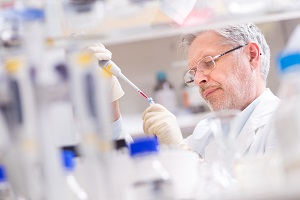HIV infection is not synonymous with Aids. In fact, the disease is only the late consequence of untreated infection. By the time, the infection causes immunodeficiency and reduces the body's ability to respond to pathogens. Long-term condition leads to serious illness and death.
There is no cure for HIV infection today. In case of contagion, the only thing to do is periodic checks. Antiretroviral therapy will slow down the action of the virus, but it must be continued throughout life. If followed correctly, it allows you to live almost normal and not to infect any sexual partners. Unfortunately, many people do not know they are infected and this prevents them from acting promptly against the virus.
If not treated, the virus crosses three phases. The last one is AIDS, the real manifestation of the disease.
1. Infection and latency phase. The virus has been reproducing rapidly since the first weeks and is easily transmitted. It is associated with symptoms similar to those of a normal flu: tiredness, headaches, fever and skin rashes. Symptoms that go unnoticed and not immediately linked to the virus.
After a few weeks of infection, the symptoms disappear due to the action of the immune system. The virus remains latent and this situation can go on for several years. However, it works silently and damages the immune system.
2. First symptoms. The progressive weakening of the immune system makes it incapable of defending the body. There are signs of immunodeficiency such as swollen lymph nodes and night sweats.
3. Aids. Damage to the immune system is now consolidated, so that the body is no longer able to avoid the disease. Aids patients may also experience very serious, if not lethal, illness. The set of some of some of these diseases define the third stage of infection. Among the diseases there are tumors, pneumonia, fungi.
A person with Aids blamed and untreated has a life expectancy ranging from a few months to three years.
Source: aids.ch
Add a comment





